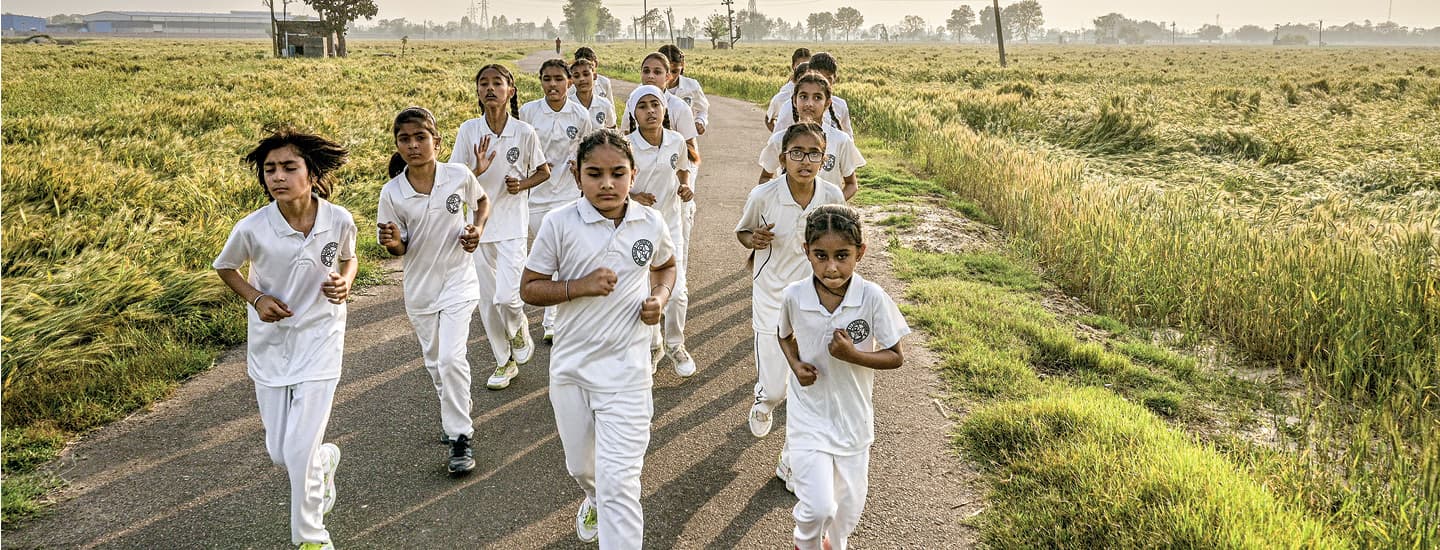With their hair tied in long, neat braids, the girls arrive at the makeshift cricket ground on their bicycles, a line of white athletic uniforms breezing down a dirt track that cuts through lush wheat fields in India’s Punjab region.
It’s time for practice: a 2-mile run and a couple hours of batting, bowling,* and catching drills. Overseeing it all is Gulab Singh Shergill, a police officer by day, the team’s manager, mentor, and champion by evening.
With their hair tied in long, neat braids, the girls arrive at the makeshift cricket ground. They ride on their bicycles. A line of white athletic uniforms breezes down a dirt track that cuts through lush wheat fields in India’s Punjab region.
It’s time for practice. They complete a 2-mile run and a couple hours of batting, bowling,* and catching drills. Overseeing it all is Gulab Singh Shergill. He’s a police officer by day. By evening, Shergill is the team’s manager, mentor, and champion.

